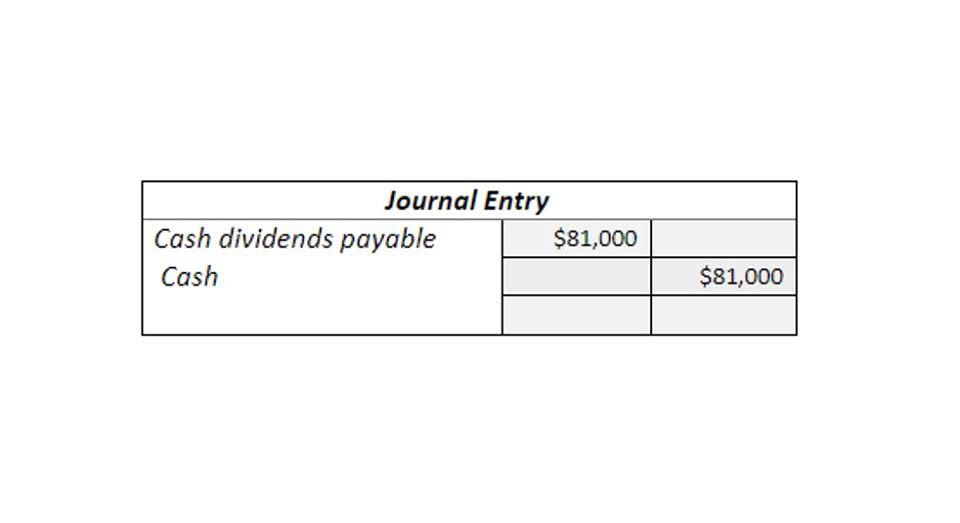
When sales are recorded using the LIFO method, the most recent items of inventory are used to value COGS and are sold first. In other words, the older inventory, which was cheaper, would be sold later. In an inflationary environment, the current COGS would be higher under LIFO because the new inventory would be more expensive. As a result, the company would record lower profits or net income for the period. However, the reduced profit or earnings means the company would benefit from a lower tax liability.

Does IFRS Permit LIFO?
Modern information systems facilitate detailed perpetual cost tracking for those goods. There are other methods used to value stock such as specific identification and average or weighted cost. The method that a business uses to compute its inventory can have a significant impact on its financial statements. The opposite to FIFO, is LIFO which is when you assume you sell the most recent inventory first. This is favored by businesses with increasing inventory costs as a way of keeping their Cost of Goods Sold high and their taxable income low. Under first-in, first-out (FIFO) method, the costs are chronologically charged to cost of goods sold (COGS) i.e., the first costs incurred are first costs charged to cost of goods sold (COGS).
Why Would Businesses Use Weighted Average Cost?
The average method can be applied fifo accounting examples on a perpetual basis, earning it the name moving average. This technique is involved, as a new average unit cost must be computed with each purchase transaction. The following table, ledgers, and financial statements reveal the application of moving average.

What is the FIFO method?
FIFO serves as both an accurate and easy way of calculating ending inventory value as well as a proper way Legal E-Billing to manage your inventory to save money and benefit your customers. Grocery store stock is a common example of using FIFO practices in real life. A grocery store will usually try to sell their oldest products first so that they’re sold before the expiration date.
Video Lecture: Costing Concepts in Urdu & Hindi-Workbook Practice

The second way could be to adjust purchases and sales of inventory in the inventory ledger itself. The problem with this method is the need to measure value of sales every time a sale takes place (e.g. using FIFO, LIFO or AVCO methods). If accounting for sales and purchase is kept separate from accounting for inventory, the measurement of inventory need only be calculated once at the period end.
How To Calculate LIFO
- To calculate her COGS for the trade show, Bertie will count 100 bars at $2.00 and 200 at $1.50.
- When all inventory items are sold, the total cost of goods sold is the same, regardless of the valuation method you choose in a particular accounting period.
- It is very common to use the FIFO method if one trades in foodstuffs and other goods that have a limited shelf life, because the oldest goods need to be sold before they pass their sell-by date.
- You can produce financial statements that reflect current market conditions, which are critical for effective planning and strategic clarity.
- Conversely, if inflation is negative, the impact of LIFO and FIFO will be reversed as described above.
By using FIFO, the balance sheet shows a better approximation of the market value of inventory. The latest costs for manufacturing or acquiring the inventory are reflected in inventory, and therefore, the balance sheet reflects the approximate current market value. Also, by matching lower-cost inventory with revenue, the FIFO method can minimize a business’s tax liability when prices are declining.
This is because her newest inventory cost more than her oldest inventory. Bench simplifies your small business accounting by combining intuitive software that automates the busywork with real, professional human support. In addition to tax deferment, LIFO is beneficial in lowering the instances of inventory write-downs. Inventory write-downs happen if the inventory has decreased in price below its carrying value. If LIFO is used, only old inventory will remain in stock, and its purchase price will have a lesser chance of going below its carrying value. To understand this, let’s take the values of Cost of Goods Sold (COGS) and that of the inventory calculated using both the ledger account FIFO and the LIFO methods from the illustrative example discussed above.

If the retailer sells 120 gloves in April, ending inventory is (250 goods available for sale – 120 cost of goods sold), or 130 gloves. Assume a company purchased 100 items for $10 each and then purchased 100 more items for $15 each. The COGS for each of the 60 items is $10/unit under the FIFO method because the first goods purchased are the first goods sold. Of the 140 remaining items in inventory, the value of 40 items is $10/unit and the value of 100 items is $15/unit because the inventory is assigned the most recent cost under the FIFO method.
A Periodic Inventory system determines the inventory at the beginning and end of certain periods of time (by physical count) such as annually, semi-annually, quarterly, or monthly. When a business maintains a periodic inventory system, it does not consistently update information about the cost of goods sold, or the stock balance on a particular day. As merchandise is purchased its cost is recorded in the purchase account. Therefore, at the end of the period, opening and ending inventories are adjusted against cost of goods sold account or profit and loss account.
